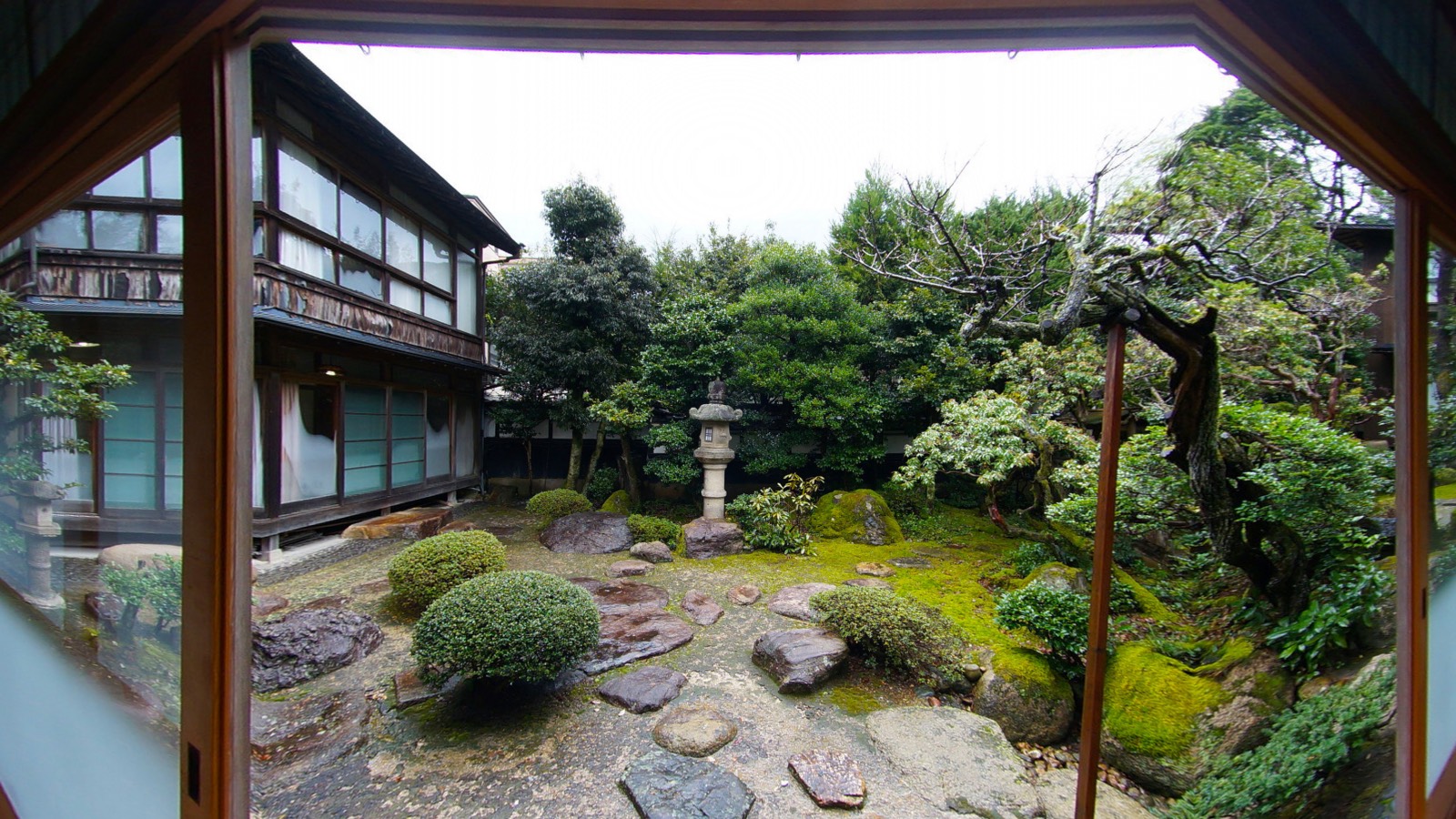Wolvic 1.6.1 Released
Greetings, and welcome to this first update release of the 1.6 family of Wolvic! This continues our development of the Gecko-based branch of Wolvic. (If you’re interested in Wolvic but need a Chromium-driven version, our beta release of WolviChromium should get an update in the near future.)

The big changes in this release are focused on the sizing of windows, and also the addition of support for the Huawei Vision Glass, a set of smart glasses which are tethered to the smartphone and can display high-definition videos and immersive content. The phone itself can be used as a controller, with a new secondary UI that includes a touchpad and media controls. We’ve restored the ability to go back a page using the B and Y buttons on the controller, at least for those controllers that have them, after hearing from a number of users who really valued that feature.
Viewing videos in VR environments can be a little challenging sometimes. In 1.6.1, we’ve improved the logic around resizing video media so that the aspect ratio of the video is honored as much as possible, while keeping the window size within a sensible range. This means both widescreen and vertical video should get a much better presentation when using “fullscreen” mode, as shown in the following videos.
We’ve also made it so fully-immersive videos can be reoriented to have “forward” appear in front of you regardless of your physical position. This fixes a problem some people may have had when lying down and discovering all they could see was the top of the skybox.
If you enjoy immersive experiences, we have four new environments coming with 1.6.1. All four are now available through Wolvic’s Settings > Environment dialog, where any new additions to the Wolvic 3D Environments GitHub repository will appear and be available for download. Our thanks to Masakazu Matsumoto, Alexandre Duret-Lutz, and Simon Inns for releasing their works under the CC BY 2.0 license.




Along with those changes, there were a lot of bugs fixed and stabilities improved, as shown in the Notes section at the end of this post. If you’ve found a new problem or have another issue, please send us your feedback or, if you prefer, file an issue on GitHub. Thanks, and we hope you enjoy Wolvic 1.6.1!
Notes
UI
- Immersive videos can be reoriented along the vertical axis. A long press on the controller’s Home button will reorient the video in the direction of your gaze. Note that this works on pages that serve video content directly (e.g. YouTube) but not on those that use their own WebXr player.
- Clearer logic for resizing: we set a maximum and minimum size and allow for consistent size changes between those boundaries, preserving the current aspect ratio as much as possible.
- Preserve the suggested URL when you click the “go” button in the keyboard.
- Widgets like dialogs and the keyboard will be displayed on a flat surface and oriented towards the user, which makes them more visible in all cases.
- Fix some issues related to recentering and headlock.
- Display an explanation before requesting a permission (HVR in China)
Input
- The buttons B/Y can be used to go back to the previous page, when you are not inside an immersive WebXR application.
- Enable the full range of hand motion, which improves the accuracy of hand tracking.
Content
- Ensure that several websites work properly: Google Meet, Soundcloud, museodelprado.es, zingmp3.vn, nhaccuatui.com
- Restart Wolvic after the user signs out from their Mozilla account and clears the contents of the Library.
Huawei Vision Glass
- This version introduces support for the Huawei Vision Glass, a set of AR glasses which are tethered to the smartphone and can display immersive content. The phone itself can be used as a controller, with a new secondary UI that includes a touchpad and media controls.
Others
- The app version code will be autogenerated from now on, based on the date when a package was created.
- Refresh battery levels less frequently, which helps preserve battery, and improve how the current battery level is displayed.
- Remove the passthrough layer when entering immersive mode on Meta and other platforms, which improves performance and avoids glitches.
- Many, many bugfixes and stability improvements.